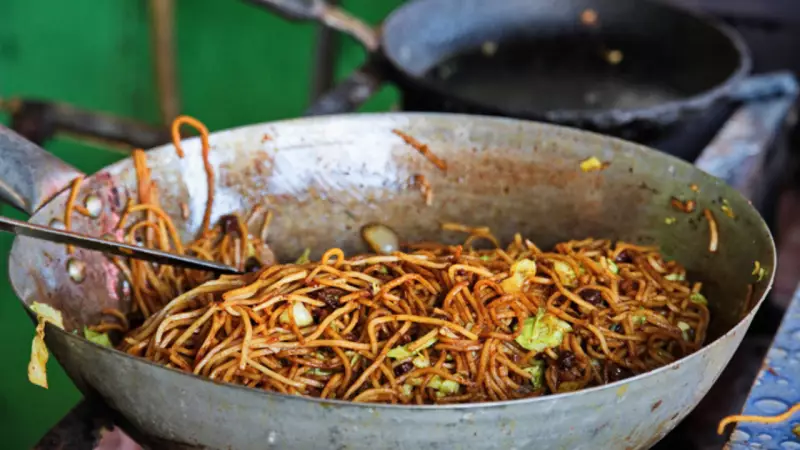
Think you know Chinese food? Think again! Many dishes we consider staples of Chinese cuisine actually have surprising origins far from the Great Wall. Here are six popular "Chinese" dishes that aren't really Chinese at all.
1. Gobi Manchurian - The Indian-Chinese Fusion
This beloved spicy, tangy cauliflower dish is actually an Indian creation! Born in the streets of Mumbai and Kolkata, Gobi Manchurian represents the unique Indian-Chinese fusion cuisine developed by the Hakka Chinese community in India. The dish combines Indian spices with Chinese cooking techniques, creating something entirely new and delicious.
2. American Chop Suey - The American Invention
Despite its name suggesting Chinese origins, American Chop Suey was actually created in the United States. This dish of meat, vegetables, and noodles in a starchy sauce was invented by Chinese immigrants in America who adapted their cooking to local ingredients and tastes. It's a perfect example of culinary adaptation and fusion.
3. Hakka Noodles - Made in India
Those delicious stir-fried noodles you love? They're not from China either! Hakka noodles were popularized by the Hakka Chinese community in India and have become a staple of Indian-Chinese cuisine. The dish reflects Indian preferences for spicier, more flavorful noodles than their traditional Chinese counterparts.
4. Schezwan Sauce - The Indian Interpretation
The fiery red Schezwan sauce that adds punch to so many dishes is actually an Indian interpretation of Sichuan cuisine. While it draws inspiration from Sichuan province's famous mala (numbing-spicy) flavors, the Indian version has been significantly adapted to local palates, often being much spicier than the original.
5. Manchurian Dishes - Born in Bombay
Whether chicken, vegetable, or paneer, Manchurian dishes as we know them today were invented in Mumbai restaurants. The name might reference Northeast China's Manchuria region, but the cooking style and flavors are distinctly Indian-Chinese fusion. These deep-fried delights in spicy sauces have no direct equivalent in authentic Chinese cuisine.
6. Fortune Cookies - American Creation
Perhaps the most surprising entry - fortune cookies aren't Chinese at all! They were invented in early 20th century California, either by Japanese or Chinese immigrants (the exact origin is debated). These crispy cookies with prophetic messages inside have become synonymous with Chinese restaurants worldwide, despite being completely unknown in China.
The fascinating story behind these dishes reveals how cuisine evolves through cultural exchange and adaptation. What began as attempts by Chinese immigrants to recreate familiar flavors with local ingredients resulted in entirely new culinary traditions. These "Chinese" dishes that aren't really Chinese showcase the beautiful way food cultures blend and transform across borders.
Next time you order these "Chinese" favorites, remember you're actually enjoying a unique fusion cuisine that tells a story of migration, adaptation, and culinary innovation!





